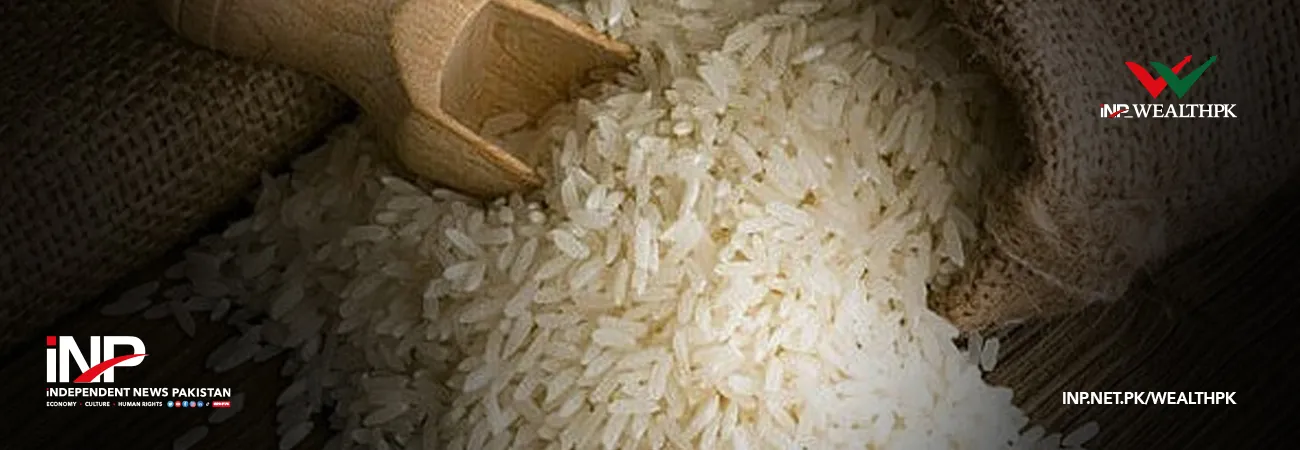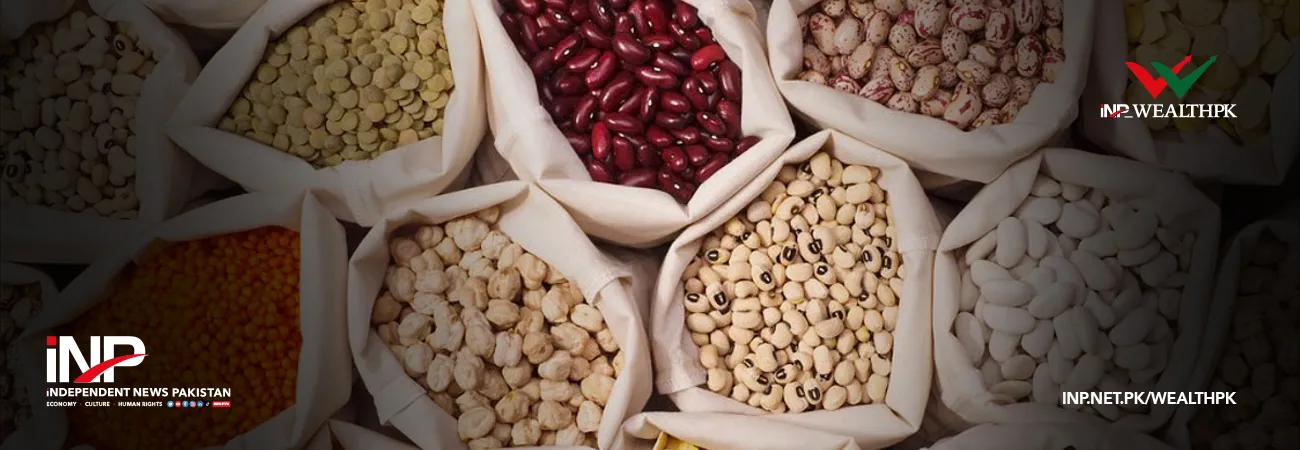INP-WealthPk
By Qudsia Bano ISLAMABAD, May 12 (INP-WealthPK): Pakistan must look for enhanced cooperation with China to fully tap the potential of sorghum production, which is an important crop for human and livestock consumption. Sorghum is used for grain fodder all over the world, including in Pakistan. The average production of feed sorghum (40 tonnes ha-1) in Pakistan is far below its true potential. Weed infestation is one of the sorghum's yield-limiting concerns, resulting in massive yield and quality losses in many Pakistani field harvests (17-64%). Dr. Rashid, Senior Scientific Officer at the National Agricultural Research Centre (NARC), told WealthPK that with 8% protein, 2.5% fat, and 45% nitrogen-free extract, sorghum fodder supplies more than 50% digestible nutrients. Because of its delicacy and juicy nature, it has a dietary value comparable to corn, which is why animals appreciate it. Sorghum stover, in addition to grain, is an essential feed in the livestock sector for breeze and dairy animals, particularly during dry seasons when other feed sources are scarce. As a result, twin-purpose varieties that yield both grain and stover are the most popular, he said. Dr. Rashid said there are very few sorghum grain processing units in Pakistan, and farmers are mostly unaware of the crop's potential. “Because sorghum is farmed in both dry and irrigated areas of Pakistan, the government should encourage the establishment of processing facilities. Farmers will be more likely to switch to this crop as the market value of sorghum increases over time, and the general public will develop a taste for sorghum products akin to tea and coffee,” he said. “Sorghum requires fewer inputs and produces higher yield; therefore, it has a promising future as a poultry and animal feed crop,” he said. Feed sorghum grown in intercropping systems with legumes provides healthy forage to dairy animals, while also saving money due to reduced irrigation and fertilizer use. It is the need of hour to maximize the crop's production to secure a long-term supply of animal feed and, ultimately, human food security, according to the NARC scientist. “Incorporating this multi-purpose crop into the China-Pakistan Economic Corridor (CPEC) cooperation framework and adding another layer of guarantee to China and Pakistan's food security is a win-win choice at a time when the globe is confronting the combined problems of the pandemic and the food crisis,” Dr. Rashid said. Sorghum cultivars from Dera Ghazi Khan's Sanghar River and Balochistan’s Kachhi Plains (Nari spate irrigation system) are well-known areas. The Sanghar irrigation system uses a spate irrigation technique. “Sorghum can be used to make a variety of products. The sorghum sector in Pakistan has a lot of potential, and China's assistance would surely boost the local economy,” he said. The NARC scientist added that it is advisable to take benefit of Chinese technology and experience through CPEC. Sorghum hybrids were utilized to produce grain and green chop all over the world, but very little research was conducted on it in Pakistan. “Because China has made significant progress in this area, its expertise can be applied to the development and improvement of hybrid research,” he said. Yuan Guobao, Chairman of the Committee of Agricultural Experts at the NEXT Federation, said at a symposium on sorghum industry development between China and Pakistan that if large-scale planting of China's dominant types is possible in Pakistan, local production will increase by roughly 50%. He said sorghum's high tannin content confers natural resistance to birds and insects due to strong-smelling and astringent toxin. It is beneficial to the effective management of insect attacks in the same way that garlic is beneficial to pest control.













